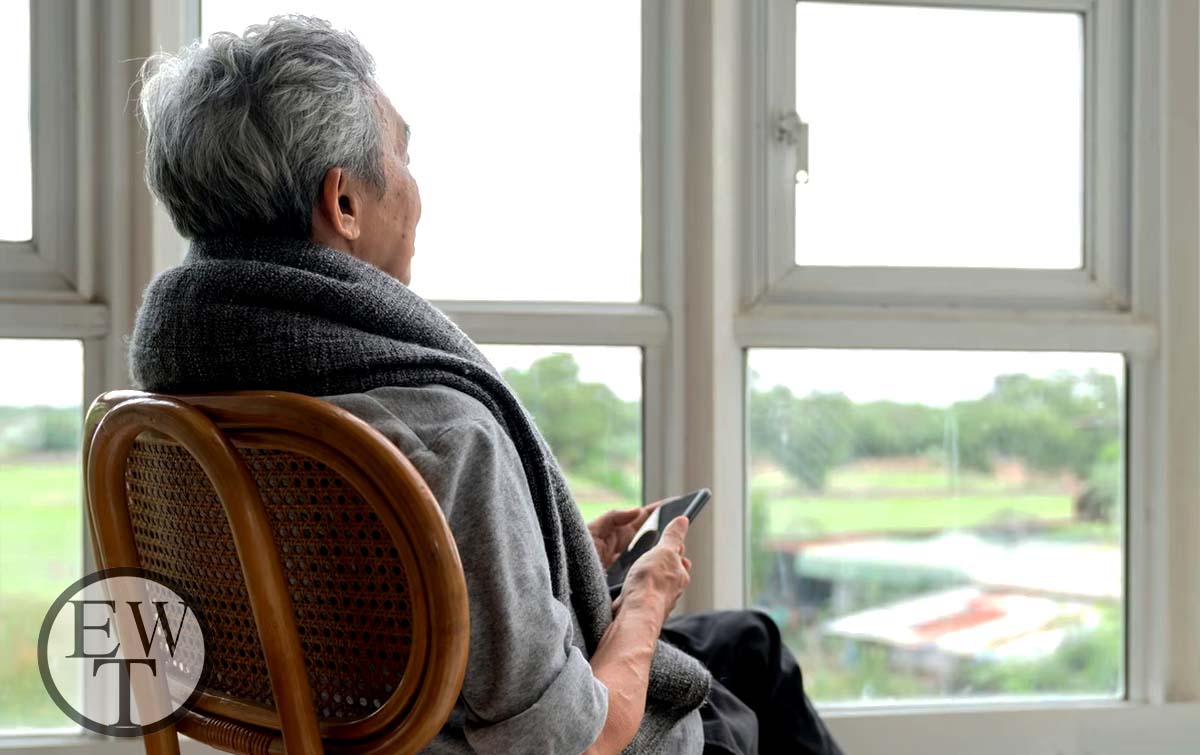
Many of us are still trying to get used to the new, strange rhythm of life that has emerged in the past few weeks, what with the global economy being stalled off by the COVID-19 pandemic and governments announcing enormous social measures.
Market volatility is easing, but the future will undoubtedly be fraught with change. Staying the course in volatile markets is difficult for even the most cautious investors, let alone retirees.
You may have heard that many investors are “buying the dip” and taking advantage of the trading chances brought on by the volatility, in the expectation that share prices would eventually increase again.
The first reaction for many people in retirement, however, is to safeguard rather than capitalize. And when your super fund’s portfolio has plummeted drastically and you’re beginning to feel helpless, advice to stay the course can feel a little off base, despite its importance.
If you’re ready to retire, here are three paths to think about.
How to Stay the Course in Retirement
Reassess Your Asset Allocation
Maintaining momentum doesn’t mean doing nothing. It means sticking to your investment strategy but checking in on it every so often to make sure your asset allocation still makes sense given your objectives, time horizon, and comfort level with risk.
You may have realized your tolerance for market risk is not as great as you had anticipated in light of all this volatility, or you may have been comfortable but hadn’t updated/reviewed since retiring. Avoid trading in reaction to market movements and locking up losses during this catastrophic market event.
Yet, it is wise to reevaluate your risk tolerance and think about how to adjust your portfolio so that it has a heavier weighting toward fixed income products. In order to increase the defensive element of your portfolio over time, one strategy is to reinvest investment distributions in more conservative fixed income funds.
Rethink Discretionary Spending
In times of difficulty, cutting costs wherever feasible is a given, yet no one would call this a perfect approach. Despite the fact that you have little say over or ability to foresee market behavior, you do have some say over how much of your income you spend on luxuries.
Supposing your investment portfolio was worth $950,00 at the beginning of the year.
With an average yearly return of 6% during retirement, you’ll have around $4,750 to spend each month. With everything else held constant, a 25% loss in portfolio value (to $712,500) would result in a monthly income drop of approximately $1,200 (to about $3560).
For the time being, it may be helpful to decrease financial stress and find a path through the crisis by tightening your belt slightly in line with your reduced portfolio balance.
Relay Concerns to a Trusted Adviser
During times of market instability, the value of a qualified financial advisor is frequently at its highest. Advisers can give you advice and support that is unique to your situation when you’re unsure about what to do.
Some recent studies on the value of financial advice have found that evaluating the emotional value advisers can contribute is just as important as calculating their monetary value when determining the value of a financial plan.
It’s impossible to put a price on tranquility, but it may be as valuable as the sum shown on your investment account statement. A second professional opinion can help ease anxiety and restore self-assurance in trying situations.
And if the last several weeks have had an especially profound effect on you, it may also help you readopt the appropriate frame of mind to make calculated investment decisions for your future.
Holding steady is more said than done, but if you can keep your emotions in check and focus on the things you have power over, you may be able to ride out this storm more easily than you think.